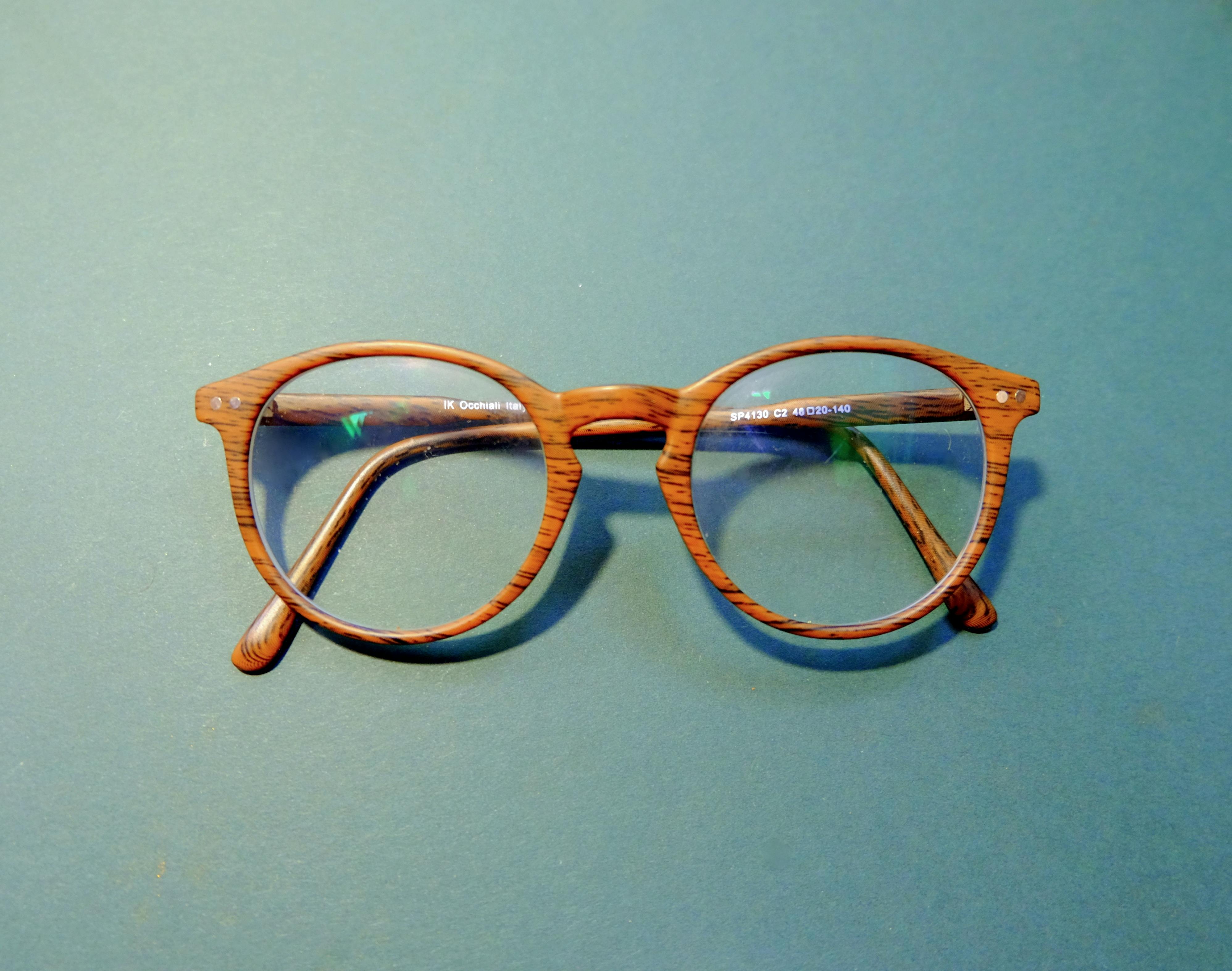In 2006, microdermabrasion was ranked as the fourth most popular minimally invasive cosmetic procedure by the American Society of Plastic Surgeons. However, microdermabrasion treatments are not exclusive to the spa or doctor’s office. In fact, microdermabrasion has slipped down the list of best cosmetic treatments because new home treatments allow men and women to perform their own microdermabrasion.
So how often should you perform microdermabrasion treatments on yourself? The answer is up to you. And by implementing the following four-step plan, you can become your own microdermabrasion expert.
1. What is your main goal when performing dermabrasion treatment?
Before you buy any skin care product, you want to know what you expect from the product; otherwise, you can’t really judge its benefits. What is the desire that drives your microdermabrasion purchase?
Wrinkle reduction, acne scar removal, skin lightening, retexturing of damaged skin, minimization of freckles or age spots.
2. What is your skin type?
The next determinant of how often you should use facial abrasion techniques is your skin type: sensitive texture, oily, dry, rough, leathery, or a combination of these.
3. Choose a dermabrasion treatment based on your skin type and microdermabrasion goals
Naturally, if your skin is sensitive and you only want to treat freckles, you may not want to use a deep microdermabrasion product that could irritate your skin and cause hyperpigmentation. On the other hand, if you have rough-textured skin, you don’t want a dermabrasion treatment that barely exfoliates your skin.
Here are some general guidelines for matching a dermabrasion treatment to your skin type:
-
sensitive skin type– Microdermabrasion creams with small soft-edged exfoliating agents, such as sodium bicarbonate crystals. Use creams that do not contain fragrances.
dry skin types– use a cream or oil-based microdermabrasion treatment that won’t clog pores. This will remove damaged layers of skin while still moisturizing.
Oily and rough skin textures– Damaged and oily skin contains an additional barrier that microdermabrasion treatments must penetrate in order to work. For this skin type, look for microdermabrasion products that contain larger, more abrasive exfoliating agents, such as crushed apricots or pomegranate. These larger, more aggressive dermabrasion treatments will help remove oils and tough layers of skin better than gentler facial scrubs.
4. Repeat microdermabrasion treatments based on your skin’s response and rate of repair.
Once you’ve chosen the right dermabrasion product for your skin type and goals, you need to monitor your skin to find the optimal frequency to repeat your microdermabrasion treatment.
A general rule of thumb for performing a dermabrasion treatment is to watch your skin for signs of irritation or excess sensitivity after microdermabrasion treatments. For example, immediately after a microdermabrasion treatment, it is normal for your skin to appear red, flushed, and sensitive.
In two to three days, these symptoms should go away and your skin should look better. On this day, when your skin looks better, you can repeat the microdermabrasion treatment one more time. In some cases, you may be able to use microdermabrasion treatment once a day to achieve your aesthetic goals.
The key is that you give your skin adequate time to repair itself after each dermabrasion treatment. Once your skin has calmed down from the previous dermabrasion and is no longer inflamed or overly sensitive, you can continue with another at-home microdermabrasion treatment.
While you probably won’t get a mid-grade microdermabrasion treatment every day or even twice a week, at-home microdermabrasion treatments are much gentler, so you can simply increase the frequency of treatments to emulate the professional-level results at home. In short, you’ll get better results from your microdermabrasion treatments once you customize them to your specific goals and skin type.
Font:
American Society of Plastic Surgeons. 11 million cosmetic plastic surgery procedures in 2006: an increase of 7%. plasticsurgery.org/media/press_releases/2006-Stats-Overall-Release.cfm. March 22, 2007.[Accessed July 18, 2007]



